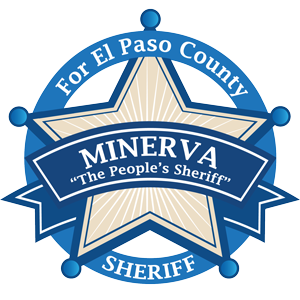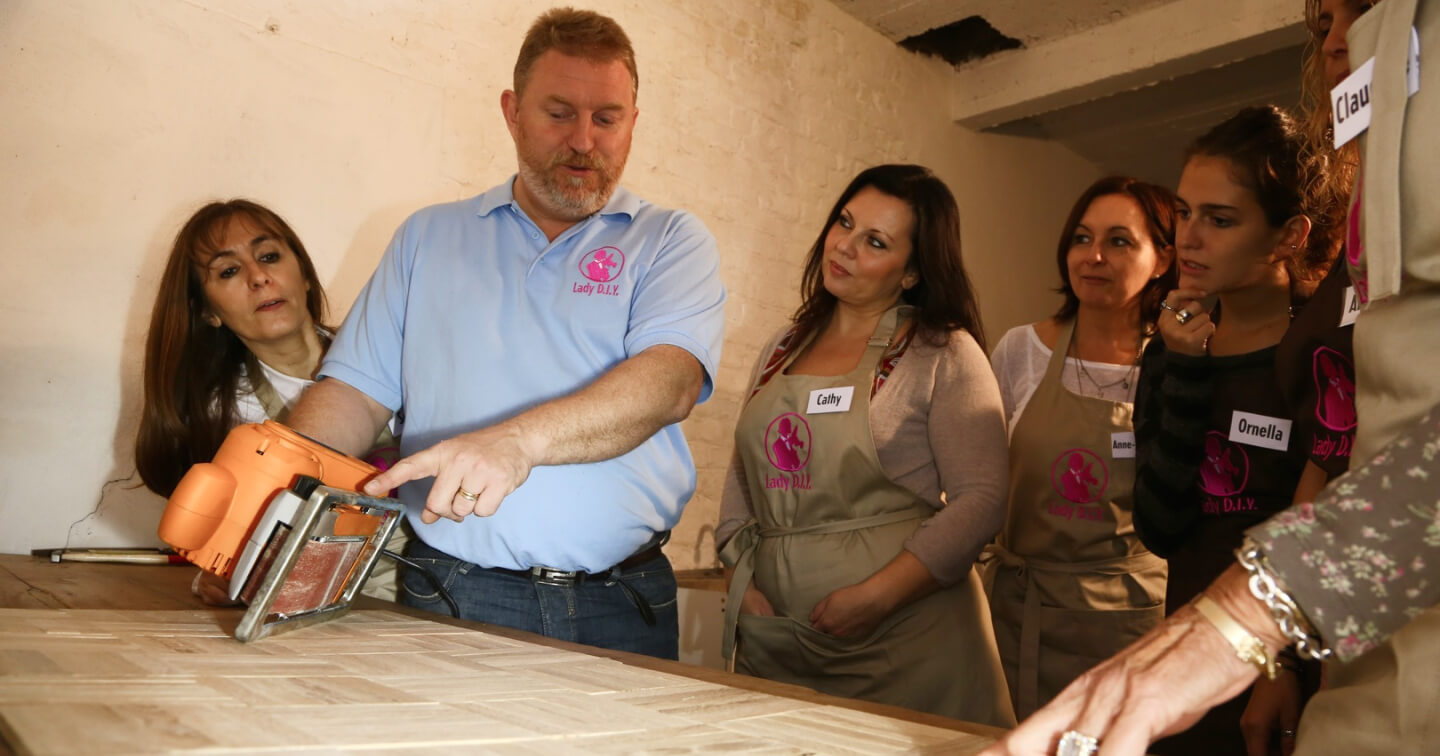Introduction
El Paso, Texas, is a city rich in history and cultural diversity, situated on the banks of the Rio Grande. Its unique location, bordering both New Mexico and the Mexican state of Chihuahua, has made it a melting pot of cultures and a focal point of significant historical events. This blog explores the evolution of El Paso from its early beginnings to its current status as a vibrant and bustling border city.
Early Beginnings
- Pre-Colonial Era:
- Long before European settlers arrived, the region that is now El Paso was inhabited by indigenous peoples such as the Mansos, Sumas, and Apaches. These tribes lived along the Rio Grande, relying on the river for sustenance and trade (Minerva for Sheriff) (Minerva for Sheriff).
- Archaeological evidence, such as pottery and petroglyphs, provides insight into the rich cultural heritage of these early inhabitants.
- Spanish Exploration and Settlement:
- The first Europeans to explore the region were Spanish conquistadors. In 1598, Spanish explorer Don Juan de Oñate led an expedition through the area, which he named “El Paso del Norte” (The Pass of the North)(Minerva for Sheriff) (Minerva for Sheriff).
- By the 1680s, Spanish settlers established missions and settlements in the region, including the Mission Ysleta del Sur, which still stands today as the oldest continuously operated parish in Texas (Minerva for Sheriff).
Growth and Development
- 19th Century Expansion:
- The 19th century was a period of significant growth and development for El Paso. Following the Mexican War of Independence in 1821, the region became part of Mexico. However, it was ceded to the United States in 1848 after the Treaty of Guadalupe Hidalgo ended the Mexican-American War (Minerva for Sheriff) (Minerva for Sheriff).
- The arrival of the railroad in the 1880s marked a turning point for El Paso, transforming it into a major transportation hub and facilitating the movement of goods and people. This era also saw a boom in population and economic activity, with the establishment of businesses, saloons, and hotels (Minerva for Sheriff).
- Cultural and Economic Impact of the Border:
- El Paso’s location on the U.S.-Mexico border has profoundly influenced its cultural and economic landscape. The city became a gateway for trade and migration, fostering a unique blend of American and Mexican cultures (Minerva for Sheriff) (Minerva for Sheriff).
- Throughout the 20th century, El Paso continued to grow as a center for commerce, industry, and military presence. The establishment of Fort Bliss, a key military installation, contributed to the city’s strategic importance and economic stability (Minerva for Sheriff).
Modern Era
- Civil Rights Movement:
- El Paso played a significant role in the civil rights movement, particularly in advocating for the rights of Mexican-Americans. Local leaders and organizations worked tirelessly to address issues of discrimination, education, and political representation (Minerva for Sheriff) (Minerva for Sheriff).
- The Chicano movement of the 1960s and 1970s brought attention to the struggles of the Hispanic community in El Paso, leading to greater political activism and social change (Minerva for Sheriff).
- Economic Diversification:
- In recent decades, El Paso has diversified its economy beyond its traditional industries of trade and military. The city has become a center for manufacturing, healthcare, education, and technology (Minerva for Sheriff) (Minerva for Sheriff).
- The University of Texas at El Paso (UTEP) has emerged as a leading educational institution, contributing to research, innovation, and workforce development in the region (Minerva for Sheriff).
- Cultural Renaissance:
- El Paso has experienced a cultural renaissance, with a renewed focus on celebrating its rich heritage and fostering the arts. The revitalization of downtown El Paso, the creation of cultural festivals, and the promotion of local art and music have all contributed to the city’s vibrant cultural scene (Minerva for Sheriff) (Minerva for Sheriff).
- The city’s diverse culinary scene, historical landmarks, and natural beauty attract visitors from around the world, further enhancing its cultural and economic vitality (Minerva for Sheriff).
Conclusion
El Paso’s evolution from a small settlement on the Rio Grande to a bustling border city is a testament to its resilience and adaptability. The city’s rich history, cultural diversity, and strategic location have shaped its development and continue to influence its future. As El Paso moves forward, it remains a unique and dynamic community, proud of its past and optimistic about its future.
For more information on El Paso’s history and development, visit Minerva4Sheriff.com.





Leave a Reply